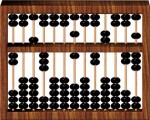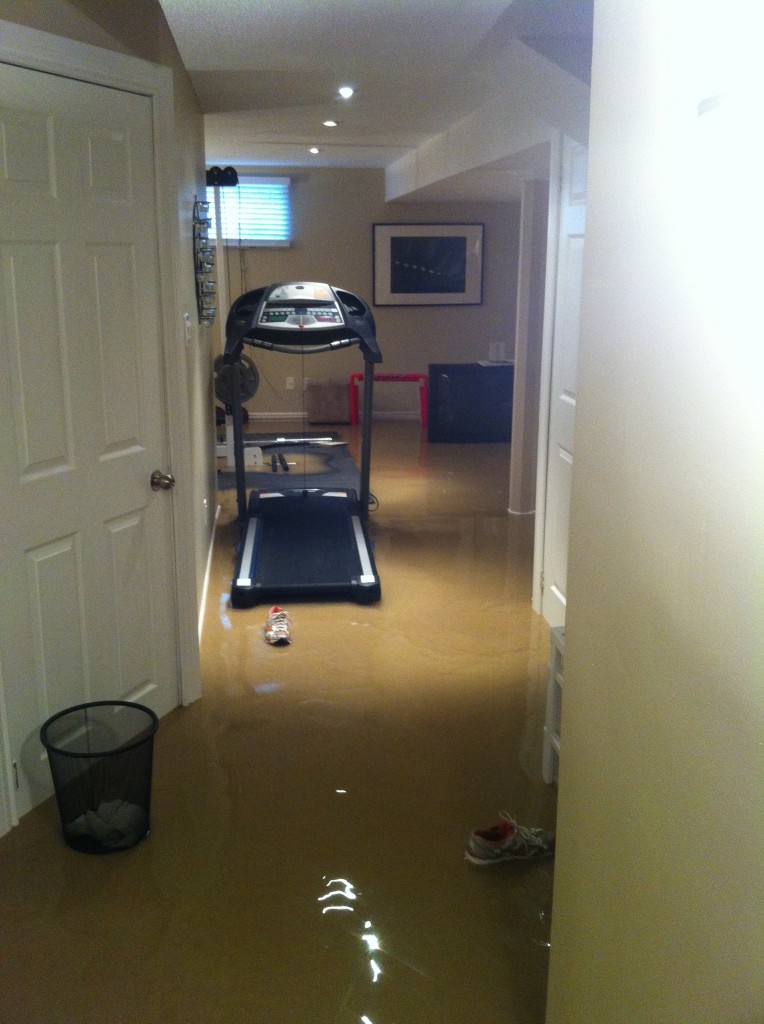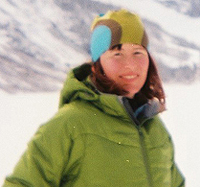ENDURrun Stage 2= 15 km time trial – Aug 13, 2012
Stage 2 the 15km time trial in Conestoga –August 13, 2012
Work is something a body is obliged to do. Play is something a body is not obliged to do.”
Mark Twain
The time trial – we all start one minute apart in reverse finishing order of yesterday.
This stage was moved from Cambridge (Preston) Riverside Park (civic administrative issues. End of discussion) and is now at the home of Lloyd and Julie Schmidt (RD and co-RD- Julie also takes pictures and arranges for food etc.)
So this is good, because the pool is right there. It also makes it easier for all the volunteers not having to lug everything to the park and pack it up.
Lloyd and Julie are pictured here with Jackie and Bob the winners (again) of this stage.
Same routine as yesterday for getting up and breakfast and drive to the Start
So once my turn to start came, I lined up and wondered if it was better to be chasing or to be chased. Then a brief chat with Lloyd (RD) and I was off! As some faster runners who are still waiting for their turn, you seem to have an obligation to appear to start out fast. This course is super flat and goes straight along the highway for 4k so there is no hiding from anyone. My first few k’s were in the 4:50 to 5:00 minute range. Whew, but feeling good and as I came up to those runners ahead of me I chatted for a few seconds and carried on trying to pick up the next runner.
Around the 6 km mark my time was closer to 5:12 per k.
It was getting warm, but still not as bad as past days. The air is fresh (well as fresh as cattle country can be, if you know what I mean)
Running on the highway . the traffic was not that bad and most drivers gave you a wide berth, so I waved to thank them. Some even waived back.
As I felt so good, I was able to pick up each person who started before me and at the turnaround (approx 8k) I could see who was chasing me down. This course was good as we could cheer each other on.
One of the ultimate runners , Susan, has here with her husband with her for support and he was on course today playing the banjo. Awesome, you can’t be upset of angry when you listen to the banjo. Thanks Andrew.
Finally I thought there was only one other guy , Chris, who started before me was (what I thought was the only person ahead of me which would allow me to cross the finish line first) knew I was behind him and made me work the final few Ks and was able to meet up and then pickup the pace at 14 k to get ahead of him. He knew this too and picked up his own pace.
I later learned that Wilf had actually been the first, but he must not have hung around at the finish line. Moral- check the details before making announcements.
At the end of Stage 1, I am in 23rd place and behind 2 runners by about 2 minutes (lets see what the cumulative results are after today.
Final time: 1:16
Then massage and a quick dip in the pool, but as this was an early event, thought the time would be too early for pints so did not bring any so came home to post, have a nap (or maybe beer first then nap). But the sun was out and it approaching noon, so we could have brought some –Rats..
Prior years for comparison (but not the same flat, fast course)
2011- 1:23
2010- 1:19
2009- 1:16
Next up – 30K trail race at Bechtel Park. (which is 6 loops of a 5k route = 44 hills yikes)






 VICKY: I lost my
VICKY: I lost my  Born in Nova Scotia and emigrating to British Columbia via Ontario and Alberta, Magi has been running the entire way. Primarily defined as a cross country ski racer, Magi has competed nationally and internationally in that sport. The highlight of her career was competing in the World University Games and the World Cup races in Canada in 2007. Cross country skiers rely heavily on running for cross training and Magi has become an accomplished trail and mountain runner, representing Canada at the World Mountain Running Championships in 2005 and the winning numerous national championships medals.
Born in Nova Scotia and emigrating to British Columbia via Ontario and Alberta, Magi has been running the entire way. Primarily defined as a cross country ski racer, Magi has competed nationally and internationally in that sport. The highlight of her career was competing in the World University Games and the World Cup races in Canada in 2007. Cross country skiers rely heavily on running for cross training and Magi has become an accomplished trail and mountain runner, representing Canada at the World Mountain Running Championships in 2005 and the winning numerous national championships medals.  Our Magazine
Our Magazine
